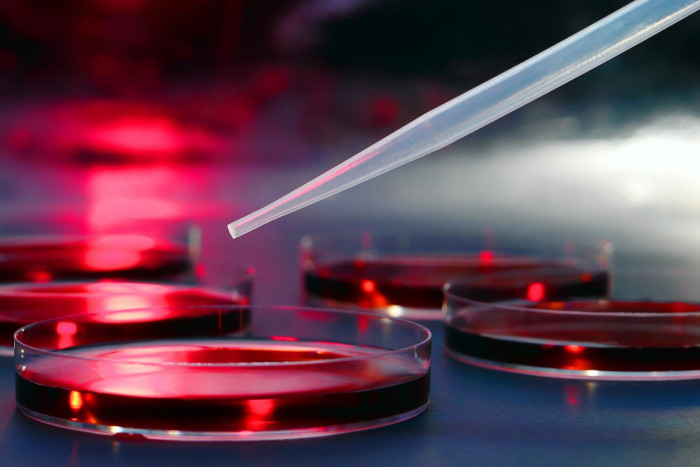Patient-derived ‘Mini-brains’ May Help in Understanding PWS
Written by |

New brain-like organoids, or “mini-brains,” that are specific to key regions and derived from patients could serve as models for studies of the underlying neurological and molecular mechanisms of Prader-Willi syndrome (PWS), researchers reported.
Notably, the team created arcuate organoids generated from cells of PWS patients, which captured the arcuate nucleus brain region for a first time and recapitulated certain disease signatures observed in patients. The arcuate nucleus is a subregion of the hypothalamus involved in hunger and satiety (feeling full), which are dysregulated in PWS.
“This model provides opportunities to examine the previously inaccessible human fetal development of the hypothalamic arcuate nucleus,” Guo-li Ming, MD, PhD, the study’s senior author, said in a press release.
“I look forward to future studies with a larger [group] of Prader-Willi syndrome donors to help us better model PWS in ARCOs and further understand the potential [mechanisms] of the disorder at the cellular and molecular levels,” added Ming, who is a professor of neuroscience at the Perelman School of Medicine at the University of Pennsylvania.
The study, “Generation of hypothalamic arcuate organoids from human induced pluripotent stem cells,” was published in the journal Cell Stem Cell.
Human brain-like organoids are 3D “mini-brains” that better mimic aspects of human brain development. When derived from people with neurologic conditions, these organoids can be used to recapitulate disease processes and are considered of value in predicting a therapy’s clinical benefit.
However, “existing organoid models do not resolve fine brain subregions, such as [the arcuate nucleus] in the hypothalamus,” the researchers wrote.
This part of the hypothalamus contains a great number of different cell types — two of which are involved in the control of hunger and satiety by sensing leptin and insulin signals. This subregion is also far more complex than previously modeled parts of the brain.
Ming and her team developed the first “scalable, efficient, and robust protocol” to generate human arcuate nucleus-specific organoids, or ARCOs.
These ARCOs were created based on human induced pluripotent stem cells (iPSCs), which are generated from fully matured cells that are reprogrammed back to a stem-like state, where they can give rise to nearly every type of human cell.
To validate the model, the researchers first used arcuate nucleus-related mouse and human data and machine learning to predict distinct cell populations in the human arcuate nucleus shortly after birth.
Machine learning is a form of artificial intelligence that uses algorithms to analyze data, and then make a prediction.
When comparing the individual clusters of ARCOs cells with the predicted human data, researchers that the organoids showed a very similar diversity of cell types and molecular signatures to those predicted for human arcuate nucleus.
“For the first time, we have an atlas of cell types in the human hypothalamus, which will be a blueprint to further understanding the development of brain disorders, such as certain causes of obesity and autism,” Ming said.
Given the known problems in the hypothalamus and the arcuate nucleus in PWS patients, whose obesity is due to excessive and insatiable appetite, the team then generated ARCOs from iPSCs derived from two PWS patients.
These patient-derived ARCOs were found to maintain disease- and patient-specific genetic and molecular signatures. They showed abnormal cell maturation and molecular dysregulation similar to the hypothalamus of PWS patients shortly after birth, “indicative of cellular differentiation deficits and exacerbated inflammatory responses,” the researchers wrote.
Particularly, leptin response and signaling pathways known to be affected in people with PWS were also impaired in the patient-derived ARCOs.
These findings highlight that ARCOs can recapitulate cell type diversity and molecular signatures of the arcuate nucleus both in a healthy and in a disease state.
“Patient iPSC-derived ARCOs represent a promising experimental model for investigating [arcuate] nucleus-specific features and disease-relevant mechanisms during early human arcuate development,” the researchers concluded.





